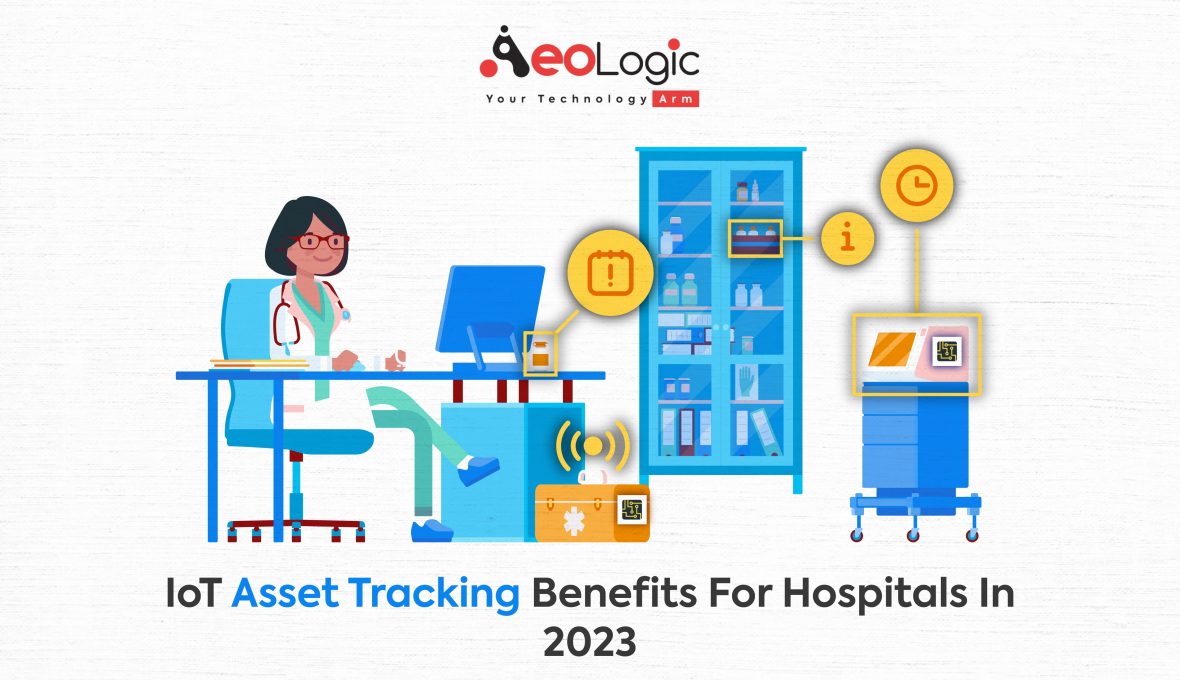Can you imagine a world where hospitals never misplace equipment? Where a doctor can locate a critical device at a moment’s notice? Welcome to 2023! IoT asset tracking is revolutionizing the healthcare scene.
Every second matters in patient care. With IoT, hospitals are now eliminating hours of searching for equipment. Say goodbye to lost wheelchairs or misplaced infusion pumps.
Waste and inefficiencies? A thing of the past. The combination of real-time data and predictive analytics ensures not only location but also the optimal use of each asset.
Maintenance and equipment checks? Easier than ever. With IoT, hospitals know when an equipment is due for check-ups or replacements, ensuring patients always get the best.
Saving costs, elevating patient care, and simplifying operations are the trifecta of benefits every hospital yearns for. But this is just the tip of the iceberg.
Curious about how this magic works? Dive into The Importance of Remote Asset Management With IoT and discover the world where hospital operations reach their peak potential.
What is IoT Asset Tracking?
Before we dive deep, let’s ensure we’re on the same page. The Internet of Things (IoT) connects everyday devices to the internet. When this capability merges with asset tracking, hospitals experience a paradigm shift in operational efficiency. Imagine being able to pinpoint every instrument, machine, or even a simple wheelchair’s location, all in real-time. That’s the marvel we’re discussing.
Also Read: The Importance of Information Technology in Healthcare
Top 7 IoT Asset Tracking Benefits for Hospitals
IoT asset tracking involves the use of interconnected devices and systems to monitor and manage a hospital’s valuable assets. Let’s delve into the top seven benefits of IoT asset tracking for hospitals:
1. Enhanced Equipment Utilization
IoT asset tracking systems provide real-time data on the location and status of medical equipment. This means that hospital staff can easily locate available equipment, reducing the time spent searching for items. As a result, equipment such as infusion pumps, wheelchairs, or ventilators are used more efficiently, minimizing idle time.
2. Improved Patient Care
Quick access to necessary medical equipment can be a matter of life and death in critical situations. By knowing the precise location and availability of required devices, healthcare professionals can respond faster, ensuring timely care. This not only improves patient outcomes but also enhances patient satisfaction.
3. Reduction in Lost or Stolen Assets
Medical equipment is costly. Misplaced or stolen items can significantly impact a hospital’s budget. With IoT asset tracking, hospitals can keep a close eye on all their assets, receiving instant alerts if equipment moves out of a designated area, thereby reducing the chances of loss or theft.
4. Efficient Maintenance Scheduling
IoT devices can provide insights into the usage patterns and operational status of medical equipment. This allows hospitals to schedule maintenance proactively, ensuring that devices are in optimal condition and reducing unplanned downtimes. Well-maintained equipment is also more reliable, which can directly influence patient care quality.
5. Inventory Optimization
By continuously monitoring asset usage and needs, hospitals can make better decisions regarding inventory. They can understand which assets are in high demand and which are underutilized. This can guide procurement decisions, ensuring that the hospital invests in equipment that adds the most value.
6. Cost Savings
With more efficient asset utilization, reduction in lost or stolen items, and optimized inventory, hospitals can realize significant cost savings. Resources can then be reallocated to other vital areas, such as research, staff training, or infrastructure improvements.
7. Data-Driven Decision Making
The data generated by IoT asset tracking systems can be used to derive valuable insights. Hospital administrators can analyze this data to identify trends, make predictions, and create strategies that cater to the evolving needs of the healthcare environment.
Also Read: How Can IoT Ensure Sustainable Development & Energy Efficiency in Hotels?
Final Words
IoT asset tracking in hospitals offers an array of benefits that go beyond just locating equipment. It plays a pivotal role in enhancing patient care, ensuring efficient resource utilization, and driving cost savings. As healthcare institutions continue to navigate the challenges of the modern age, integrating IoT solutions can pave the way for more responsive and efficient operations.
For a seamless integration and to harness the full potential of cutting-edge solutions, connect with Aeologic Technologies today.
FAQs
How do IoT asset-tracking systems work in hospitals?
Assets are equipped with tracking tags, like RFID. Sensors throughout the facility pick up these signals, allowing staff to monitor asset location and status in real-time through a centralized system.
Are there patient privacy concerns with IoT asset tracking?
If patients are tracked, it’s crucial that the system follows strict privacy standards. Hospitals use encryption and secure databases to ensure data protection and maintain patient confidentiality.






